Introduction: Designing for a New Era
The world of interior design in 2025 is a confluence of innovation, sustainability, and personal expression. Homes are no longer static spaces but evolving sanctuaries that reflect shifting lifestyles, advancing technologies, and heightened awareness of well-being. This year brings a renewed focus on how interiors can be both practical and inspiring, blending aesthetics with purpose.
Understanding the 2025 Interior Design Landscape
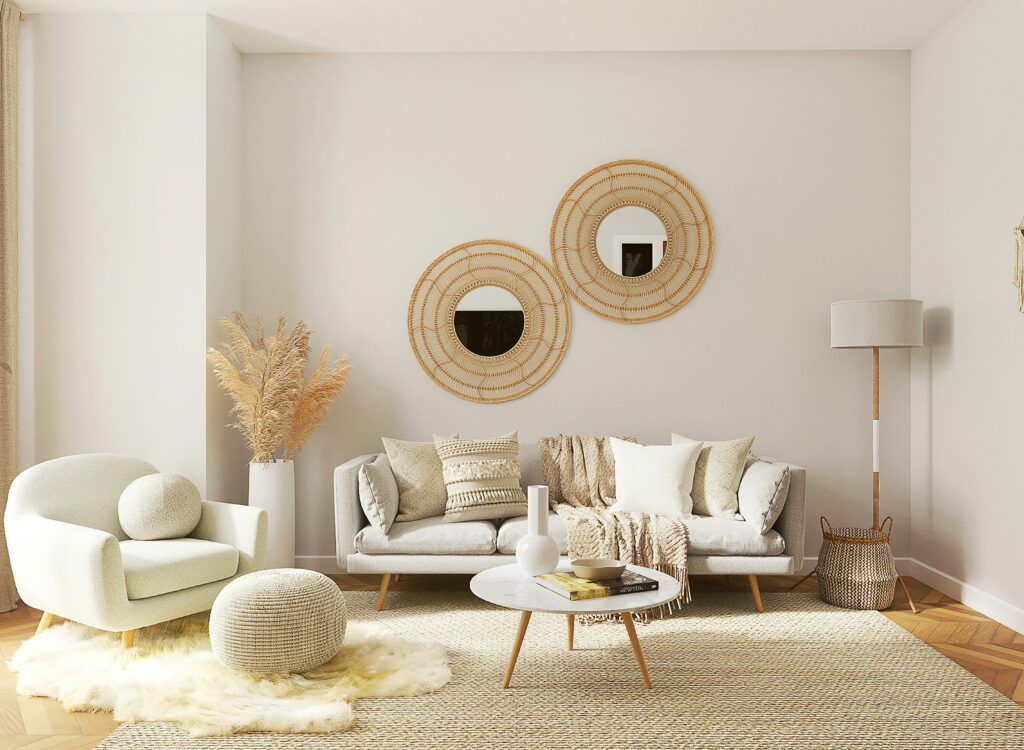
Emerging global lifestyle shifts influencing design
With hybrid work models here to stay, interiors are being reshaped to accommodate both professional and personal needs. Homes must now serve as offices, wellness centers, entertainment hubs, and sanctuaries all at once. Increasing urban density has also influenced the demand for smart, space-efficient designs that maximize comfort without sacrificing beauty.
How technology and sustainability shape spaces
Sustainability is no longer an option but a baseline expectation. Eco-conscious materials, energy efficiency, and waste reduction are key factors influencing design decisions. Simultaneously, technology continues to weave itself seamlessly into interiors—creating homes that are intelligent, responsive, and adaptable.
Color Trends That Define 2025
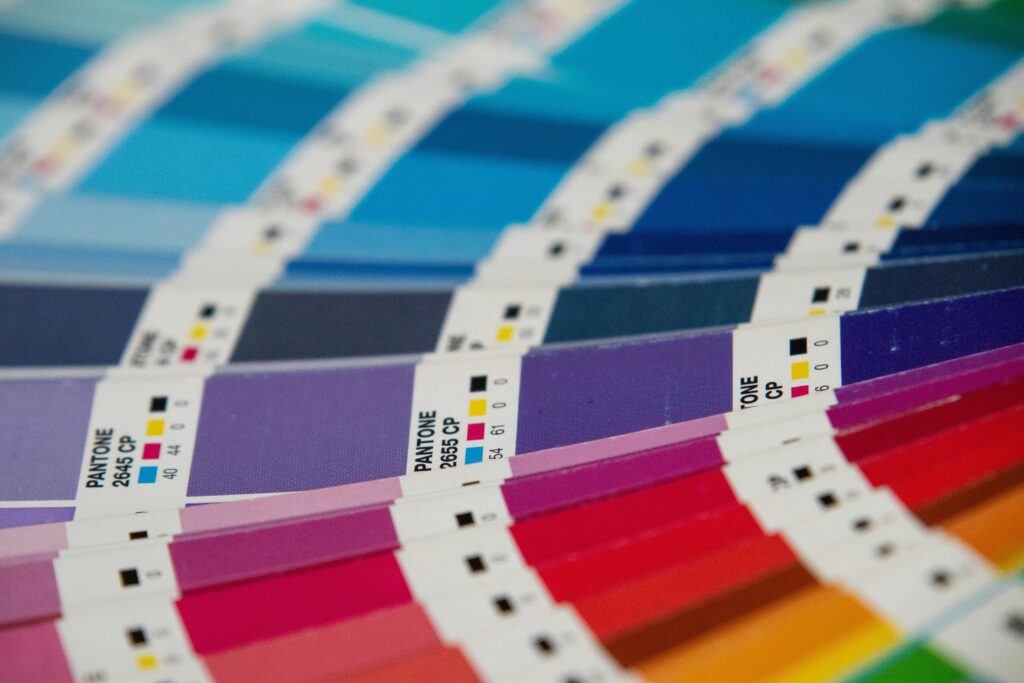
The rise of earthy neutrals with bold accents
Warm taupes, muted clays, and rich sands dominate the palette this year, providing grounding tones that feel timeless. These neutrals are elevated with strategic bursts of bold colors such as emerald, deep plum, or burnt orange—injecting energy without overwhelming the eye.
Future-inspired metallics and soft pastels
Metallic finishes with matte undertones bring a futuristic yet sophisticated feel. Rose gold, brushed bronze, and soft silvers are paired with gentle pastels like lavender and powder blue to create spaces that feel simultaneously modern and serene.
Using color psychology to enhance mood and productivity
Designers are deliberately employing color psychology to improve mental well-being. Blues inspire focus and calmness, yellows uplift and energize, while greens foster balance and harmony—making color not just decorative but functional.
Sustainable and Eco-Friendly Design Practices
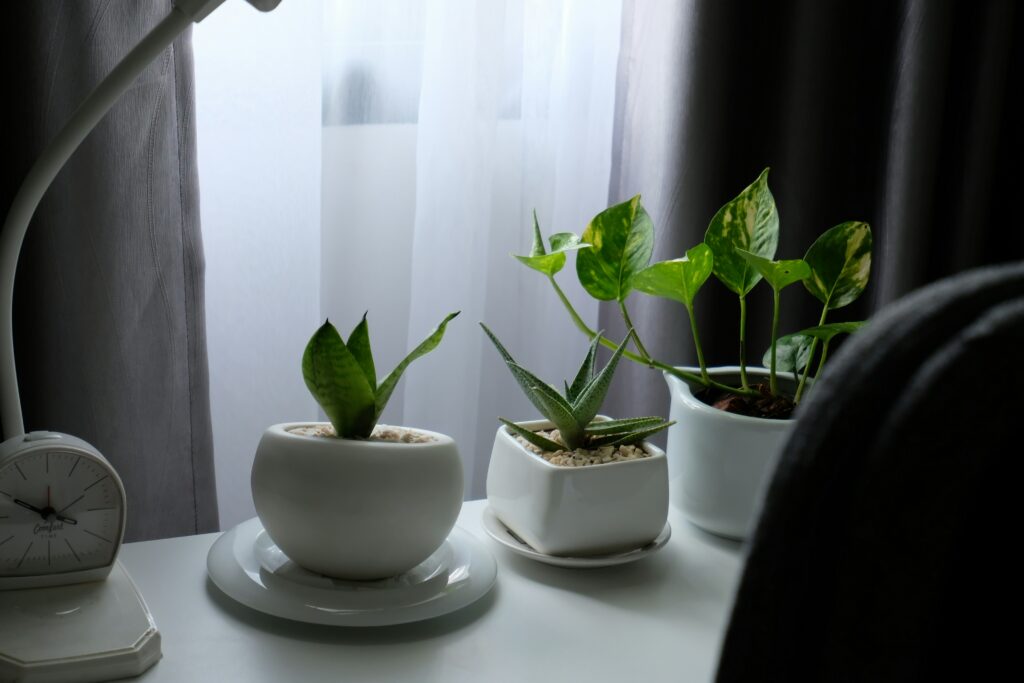
Reclaimed materials making a comeback
Reclaimed wood, repurposed stone, and recycled metals are gaining popularity, not only for their sustainability but also for their distinctive character. These materials tell stories, adding depth and uniqueness to interiors.
Energy-efficient lighting and appliances
LED lighting, motion-sensor fixtures, and energy-rated appliances are at the forefront of eco-friendly living. They not only reduce consumption but also enhance the overall ambiance of a space.
Eco-conscious furniture and textiles
Natural fibers like organic cotton, hemp, and linen are replacing synthetics. Furniture made from responsibly sourced timber and water-based finishes is becoming a preferred choice for homeowners who want both elegance and ethics.
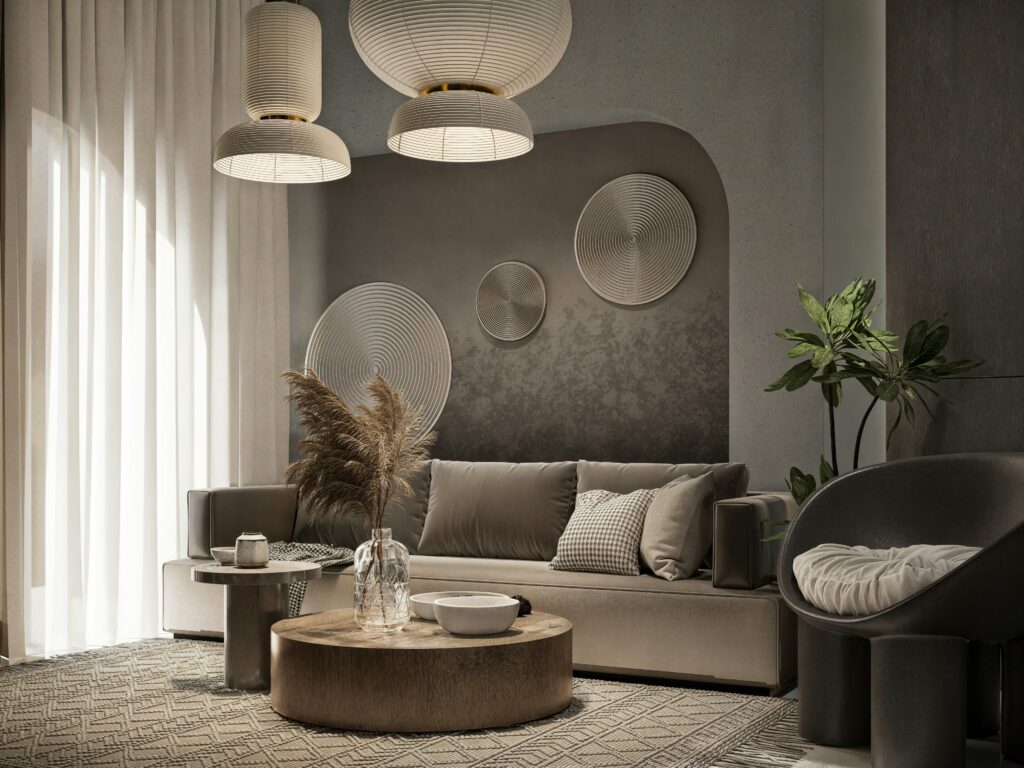
Smart Homes and Technology
Voice-controlled living spaces
AI-powered voice systems now control everything from lighting to temperature. This hands-free integration enhances convenience while offering a futuristic living experience.
Multi-functional furniture with built-in tech
Desks with hidden charging stations, beds with embedded speakers, and sofas with cooling systems exemplify the fusion of form and function.
Minimalism With Warmth
Moving beyond cold minimalism to cozy minimalism
Minimalism in 2025 emphasizes comfort. Instead of stark, sterile spaces, the focus is on warm palettes, natural textures, and soft edges.
Layering textures for depth and comfort
Linen curtains, wool rugs, clay pottery, and woven accents bring layers of texture that add richness to simple spaces. Layering textures adds depth and warmth to interiors.
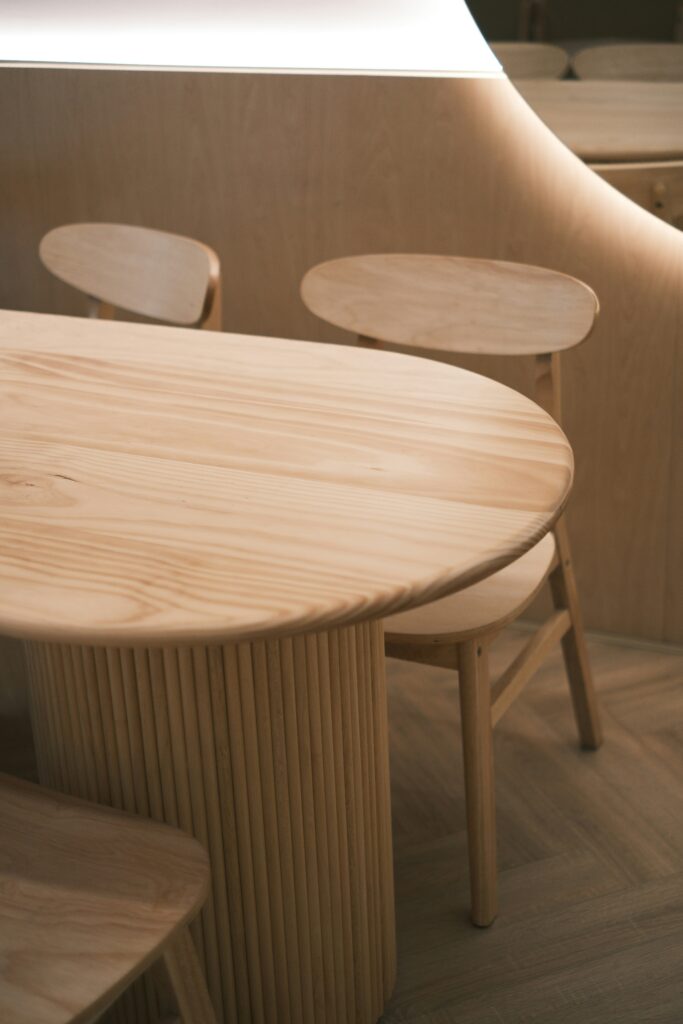
Lighting as a Design Feature
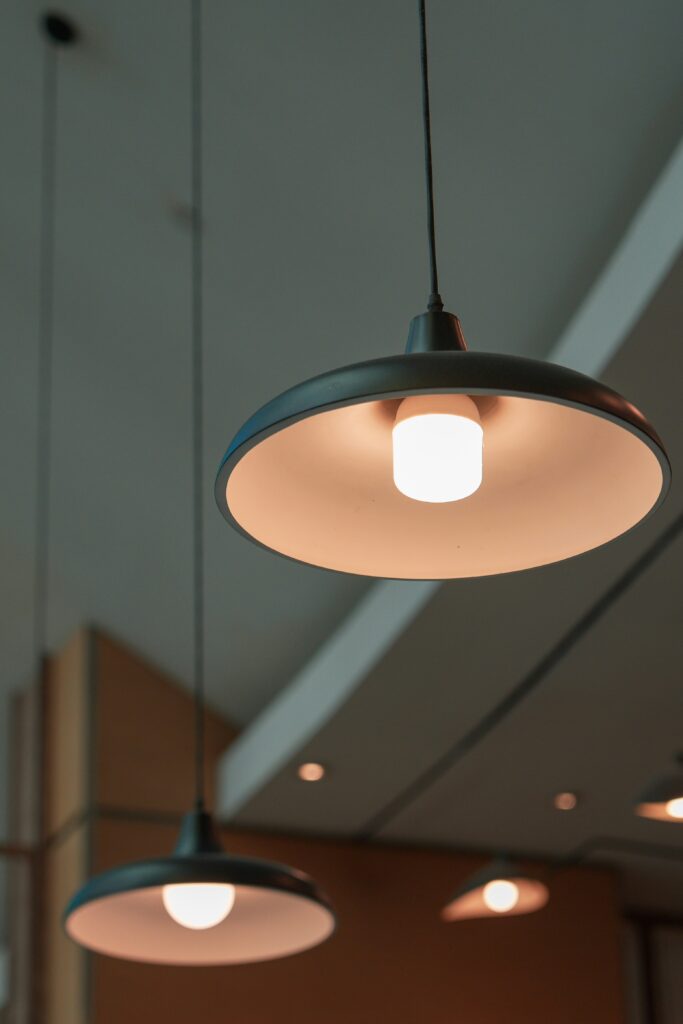
Sculptural lighting pieces as focal points
Pendant lights and chandeliers are now artistic centerpieces rather than mere functional elements.
Layered lighting for ambiance control
Combining task, ambient, and accent lighting ensures both versatility and mood-setting.
Smart lighting solutions for energy efficiency
App-controlled systems allow customization of brightness and color while minimizing energy use.
Natural Light Integration – Maximizing daylight through skylights, large windows, and reflective surfaces enhances energy efficiency and mood.
Accent Lighting for Highlights – Spotlights or LED strips can emphasize architectural details, artwork, or textured walls.
Color-Adjustable Lighting – Smart bulbs that shift from warm to cool tones help adapt spaces for work, relaxation, or entertainment.
Sustainable Lighting Choices – Solar-powered outdoor lights and energy-efficient LEDs reduce environmental impact.
Conclusion: Designing Homes That Reflect the Future
Interior design in 2025 is about more than aesthetics—it is about creating adaptable, sustainable, and deeply personal spaces. From integrating advanced technology to celebrating artisanal craftsmanship, every detail contributes to homes that are both functional and expressive. As the year unfolds, interiors will continue to evolve, but the guiding principle remains the same: to design spaces that nurture, inspire, and endure.

